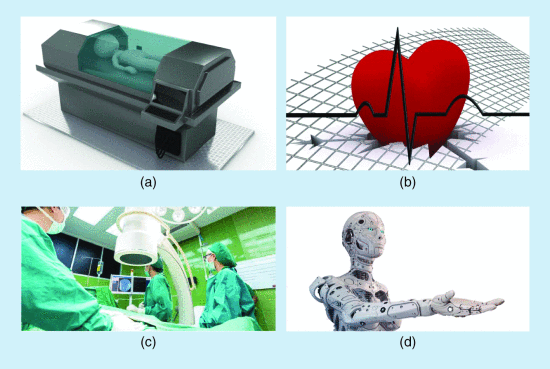Industrial Electronics for Biomedicine: A New Cancer Treatment Using Electroporation
Authors: Oscar Lucia; Hector Sarnago; Tomas Garcia-Sanchez; Lluis M. Mir; Jose M. Burdio
Abstract:
This article reviewed the application of IEs to biomedicine, with an emphasis on the practice’s potential benefits and necessary collaboration between specialist engineers and medical practitioners. The design of high-voltage generators for electroporation is a challenging task due to the stiff requirements for the voltage amplitude, controllability, isolation, and output impedance. electroporation has been acknowledged as a key tool for cancer treatment that has a growing importance despite the significant challenges that must still be faced, The future of this technology will require the development of versatile generators that overcome all of the current limitations and provide useful tools for research and clinical treatments. To achieve the goal, several IE technologies will play a fundamental role. Research on advanced topologies will be essential, as will be the use of faster and higher-voltage devices, such as those based on silicon carbide and gallium nitride. Advanced control architectures and will be required to accurately control the generator, monitor and optimize the treatment, and guarantee the safety of patients and medical teams. There is a brilliant future for the IEs that are applied to ER.

Outstanding paper award of IEEE Industrial Electronics Magazine
Read the full paper at: https://ieeexplore.ieee.org/document/8939288

